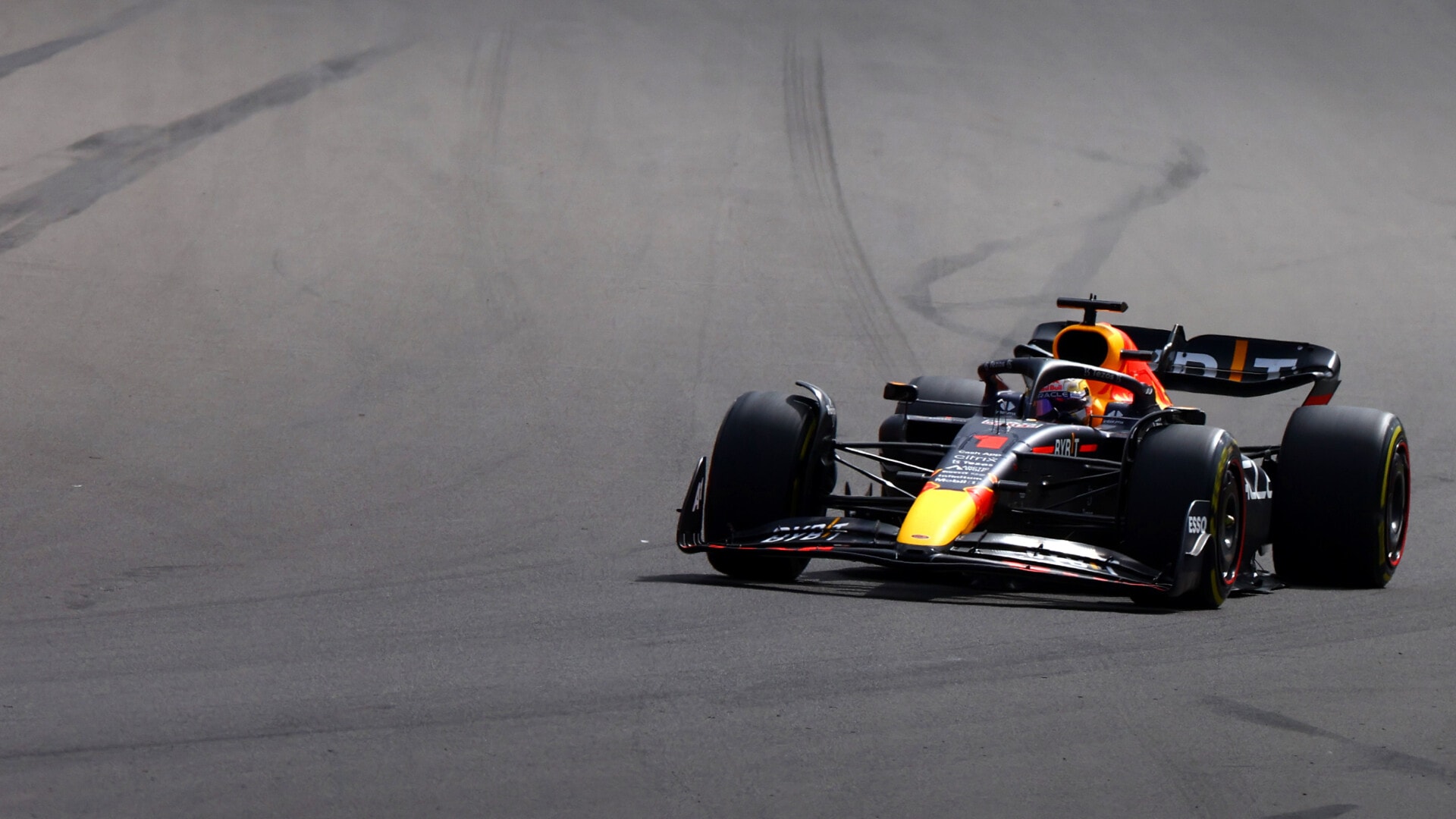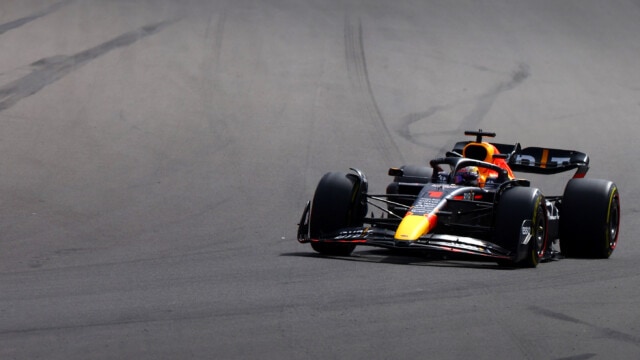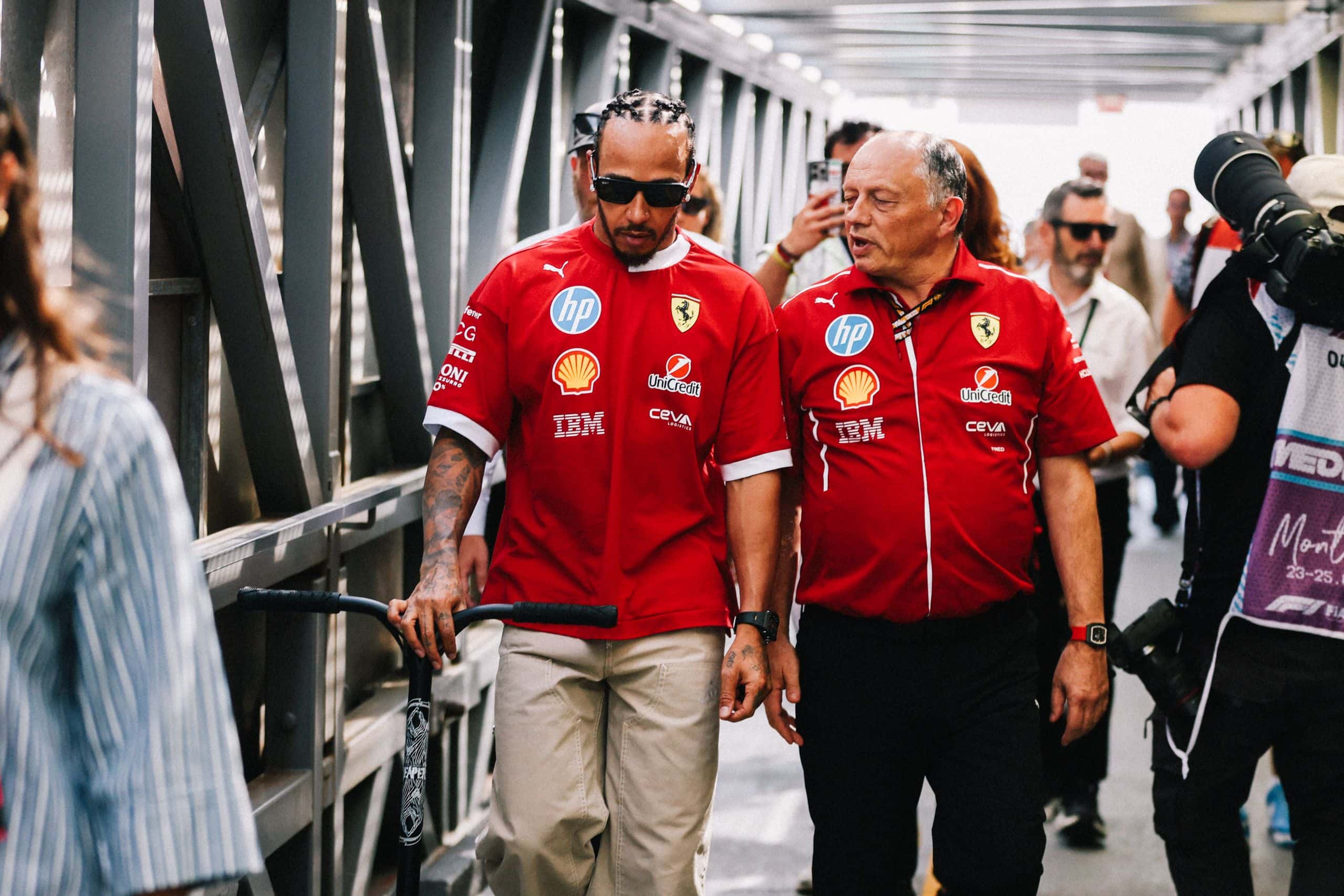Can aerodynamics play a role in porpoising for Formula One cars?


Porpoising is a phenomenon that has been observed in Formula One cars, where the car will travel up and down like a porpoise underwater. Many believe that aerodynamics can play an important role in this phenomenon, as the air pressure created by the car’s body shape and the air flow around it can cause the car to bounce up and down. Aerodynamics is the study of the flow of air around objects and how it affects them, and it has been used in the past to reduce drag and increase performance in Formula One cars. This article will explore the role that aerodynamics can play in F1 porpoising, as well as the potential implications that this could have on Formula One racing.
What is aerodynamics?
Aerodynamics is the study of the flow of air around objects and how it affects them. It is important in many areas such as transport, engineering, and even in sport. Therefore, aerodynamics can be applied to all different types of vehicles – from airplanes to cars. In Formula One, aerodynamics can be used to reduce drag and increase performance. Drag is the force that is created when air flows against an object and causes it to slow down. Therefore, aerodynamics can be used to reduce this drag and increase the speed of a car. Therefore, major components of a car that can be affected by aerodynamics include the front and rear wings, the suspension, and the chassis.
How can aerodynamics affect porpoising?
Much like many other forces in Formula One, aerodynamics can play an important role in porpoising. Porpoising is a phenomenon that has been observed in Formula One cars, where the car will travel up and down like a porpoise underwater. Much like porpoising in water, porpoising for a car occurs when the car travels above ground at high speeds and then dips below the ground. This phenomenon is often observed when cars go over bumps in the road at high speeds. Therefore, aerodynamics can play an important role in the porpoising phenomenon because the air pressure created by the car’s body shape and the air flow around it can cause the car to bounce up and down. This is because the pressure that is created by the car’s body shape can push it up and then be reduced by the flow of air around it. Therefore, the car will go up and down like a dolphin underwater.
Examples of aerodynamic effects on porpoising
– Changes in downforce levels: Downforce is the force that is created by the flow of air over the wings and the rear of the car. Therefore, it’s important to understand that changes in the amount of downforce created by the car can affect its aerodynamics and could cause it to porpoise. For example, if the downforce level is increased, the air that flows over the car will be slowed down so it will drop less than it does when the downforce level is lower. Therefore, the car will be less likely to porpoise.
– Body shape: A car’s body shape can also affect porpoising. For example, if you look at the bottom of an F1 car, you will notice that the body does not extend all the way down to the wheels. This is because the designers will have made it go straight up from the wheels and then make a sharp 90-degree turn. This is so that the air that passes over the front of the car will be forced to the side at the back. Therefore, the car will create less downforce and be less likely to porpoise.
– Changes in the air flow: Changes in the air flow can also affect porpoising. This is because the air flow around a car can be affected by many other factors. For example, if there are other cars around that are creating an air flow, this could cause the flow around a car to change, which could result in porpoising.
Potential implications of aerodynamics on Formula One cars
Aerodynamics can play an important role in porpoising, as well as many other phenomenons in Formula One. Therefore, it’s important that the teams are aware of how aerodynamics can affect the performance of their car. For example, if a team is designing a new car, they must be aware of how the air flow around the car will be affected by the design. If the design changes cause an increase in the amount of air flow, this could cause the car to porpoise more. However, the team must be careful when designing the car, as they must not create too much air flow, as this could also cause an increase in drag, which will slow the car down. Therefore, it is important for the teams to find the right balance between reducing drag and increasing downforce so that their car performs well.
Conclusion
Aerodynamics can play an important role in porpoising for Formula One cars. Much like many other phenomena in the sport, the air flow around the car can affect the car’s body shape and cause it to bounce up and down. Therefore, teams must be careful when designing new cars, as a slight change in the design could cause the car to porpoise more. This could result in slower lap times and a decrease in performance.





